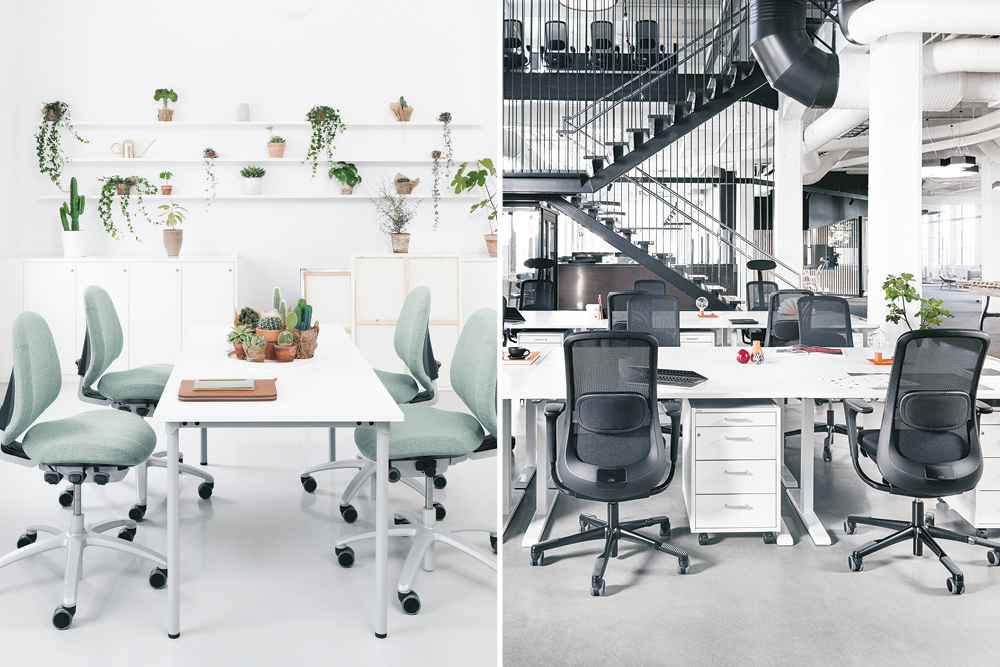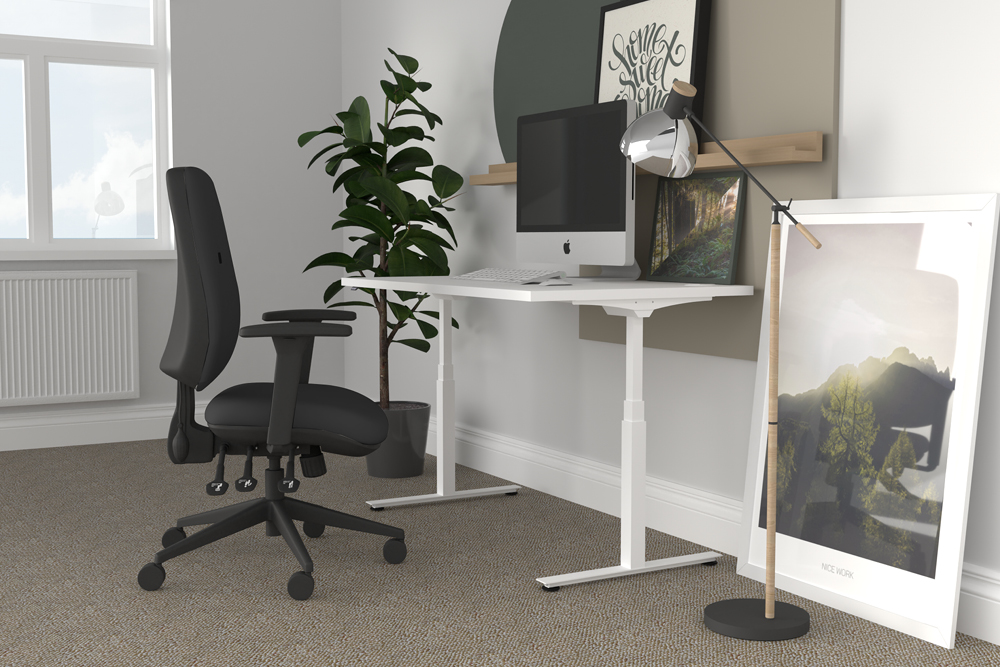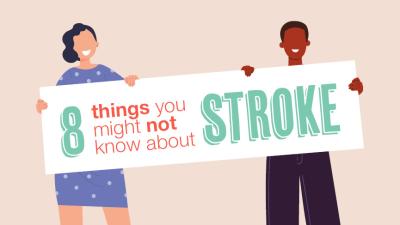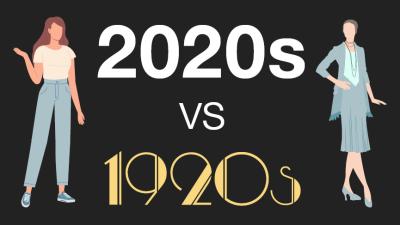What is task seating? Task seating, in essence, is chairs selected for performing any kind of task. The term has evolved to typically mean chairs that are adjustable in height and have a backrest. Task seating can differ in function, look, and feel. The importance is in matching the chair to the user, task, and environment.
In this blog I’ve interviewed Scott Bottomer, Head Seating Specialist at Posturite, and his advice can help you make the best chair buying choices for your business.
Why is task seating an important purchase for a business?
“The chair is the variable at the workstation that physically touches the user more than any other. As such, it can have the greatest impact on an individual’s ability to adopt a beneficial working position. Due to this, the chair is also the most likely component to deliver the largest amount of workstation adaptability and variability for the user.
The more supported in a suitable position the user is, the more productive they are likely to be.
On the other hand the less supported they are, or if their position is suboptimal, the less productive they are likely to be. Therefore seating can play a huge role in business output and workplace efficiency.
The rise of hybrid working has added another layer of complexity, with a greater variety of work environments for our tasks.”
What are the benefits of the most effective task seating?
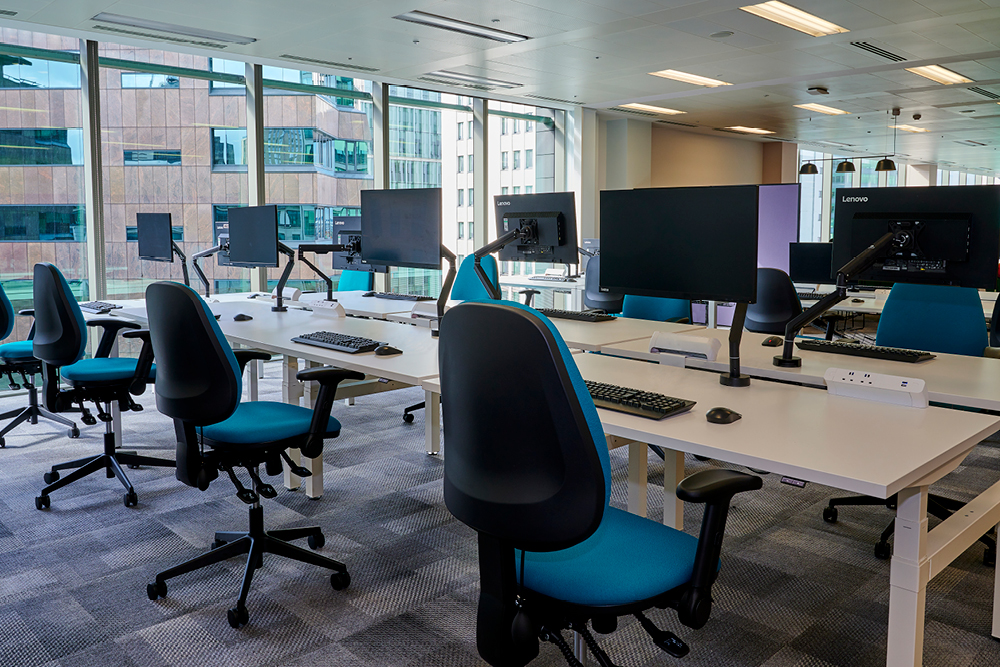
“Let’s break this up a bit and look at benefits for both the user and the business separately.
Employee:
- Reduction of physical risks
- Feeling valued by their organisation
- Productivity
- Reinforcing internal branding and values
- Motivation to come into the office
Business:
- Employee retention
- Employee productivity
- Reduced absences and presenteeism
- Support of sustainability goals
- Reduced ongoing asset costs (replacement chairs)
- Improved outward appearance to visitors
- Increased support to compliance regarding accreditations and regulations
- Facilitating new ways of working and optimisation of new workspaces.”
Is it an investment in health and productivity?

“Yes, the better the position employees adopt at the workstation, the less likely they are to develop musculoskeletal issues. Chairs can have a notable impact on this.
Also, often a direct correlation can be drawn between providing an improved office chair and the way an individual feels about their work. This can in turn contribute to improved productivity, although is far from the only factor.”
Do you have to spend a lot to get good ergonomic task seating?
“I wish this was a yes/no question! But let’s look into this by asking ‘what makes a chair ergonomic?’
An ergonomic chair has the functions to support you in a suitable working position for the task, and it has adjustments to fit your body’s dimensions, helping to reduce the rate of muscle fatigue. In other words, the chair is appropriate for the person or people using it and the tasks performed.
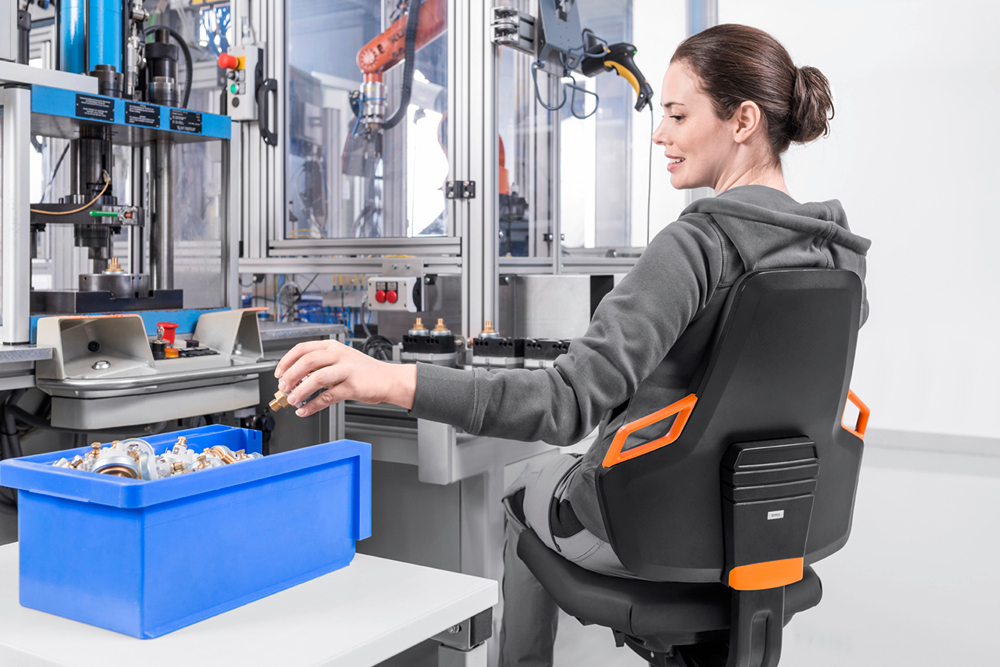
The additional challenge is that humans need to move and change position throughout each day so a chair that encourages movement will be beneficial.
I break down ergonomic chair functions into two parts:
- Postural support in the form of core positional adjustments
- Variable support in the form of movement mechanisms and adaptable air cells.
Even at the lowest price points, a chair can be found with the four optimal core adjustments – seat height, seat depth, back height, and an independent back angle. These adjustments will allow the chair to be set to deliver the postural support mentioned above.
Where the lower price point chairs often fall short is in the complexity and benefits found in the chair’s movement mechanism.
If they have one at all, they are likely to be central tilt (chair pivots from where the gas stem meets the centre on the underside of the seat) mechanisms with little to no tension-ability to the user’s requirements. Or they have synchronous backrests (movement and angle adjustments adjust together with one lever), where the rate of recline isn’t conducive to supportive contact.
Beyond that, premium task chairs are typically designed with a whole vision in mind, for example, where manufacturers can consider subtleties such as how the armrests connect to the mechanism and how they change the function of the chair. Not something that is usually considered with cheaper entry-level, component-made chairs.
Premium task chair options offer a number of other tangible benefits, such as:
- Higher build quality/durability
- Increased manufacturer’s warranties
- Sustainability credentials
- Aesthetic appeal
Clients are welcome to discuss their needs and their budget with our Seating Projects team at Posturite, and we can show them a range of recommended task seating at a variety of price points.”
How often should a business replace their task chairs?
“Typically, cheaper chairs will not last as long as premium chairs, so the answer to this question often depends on the previous investment in task seating.
Also, chairs unsuited to the environment they are used in are likely to deteriorate faster, for example standard office chairs being used in 24-hour work areas, or chairs with many adjustments being frequently set up by different users in a hotdesking space.
Regular auditing and asset tracking will allow the business to determine;
- Are the chairs safe to use?
- Are the chairs functionally optimised for the work carried out in that space?
- Do the chairs contribute to the business’ commitment to staff welfare and wider objectives?
If ‘no’ to any of the above, then perhaps it’s time to explore alternatives.”
What mistakes should a business chair buyer avoid?
‘’Going it alone! The office seating market offers a huge variety of chairs, each with their own marketing jargon as to why they are special. As one of Posturite’s Seating Specialists, I like to think I could help cut through a lot of that noise and help guide towards a solution that fits what your company needs.
We are looking to reduce the risk of selecting an option that doesn’t align with your company’s needs. These include the needs of the staff, how the workspace is used, and the wider objectives of the organisation. Why spend company resources on a chair that doesn’t fit, when the market can certainly provide one that does?
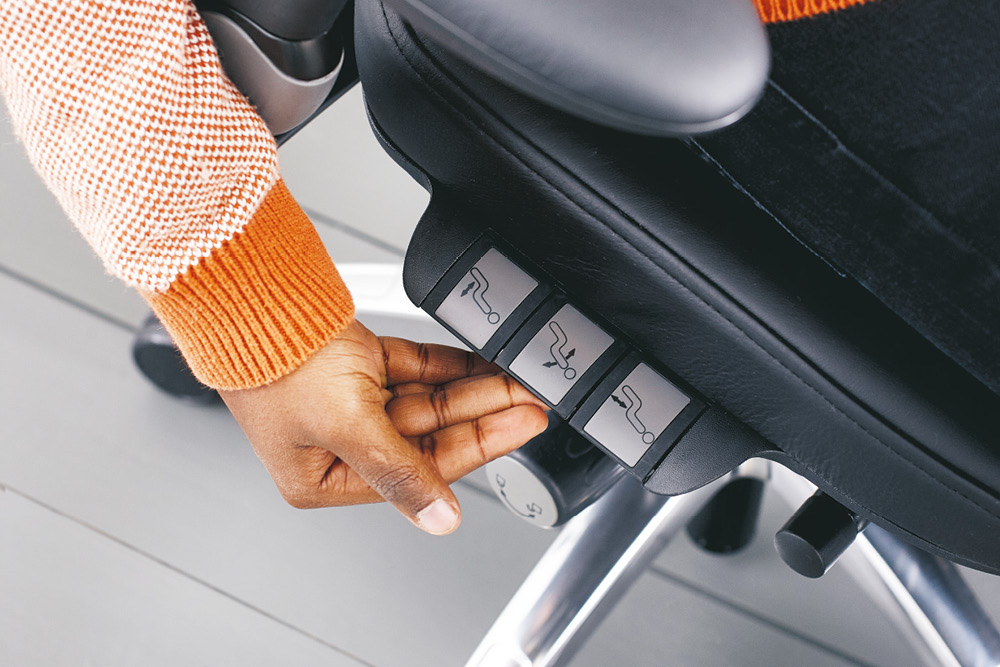
Many companies still view seating as a one-off purchase cost rather than an investment that continues to impact the business, either positively or negatively. Unit price is all too frequently the primary consideration, rather than forecasting costs over the expected life span of a chair. An ergonomic chair with a 15-year life expectancy will have limited on-going cost, whereas the buying costs of 3 chairs with a 5-year life expectancy will quickly stack up – even without factoring in hidden costs such as absences and presenteeism.’’
How does Posturite help a buyer get good value and a good return on task seating?
“At the risk of oversimplifying; knowledge, experience, and independence.
Knowledge, in the sense that we know chairs. Our Seating Specialists know how each chair attribute can impact the end user. We are passionate about retaining an up-to-date picture of both the task seating market and the individual chairs within. We pride ourselves on matching the right chair to a business’ specification, taking all factors into account.
Experience, in that we have helped support a large number of our clients review, replace and manage their seating requirements. We've assisted in a variety of work environments and worked with some of the largest companies in the world advising on everything from 8 hour shared office space to Industrial Manufacturing sites.
Independence, in that, as the largest provider in DSE solutions within the UK, we have access to the largest range of products on the market. The office chairs on the Posturite website are just a fraction of the chairs we can order for you. This independence affords us the opportunity to be objective with our recommendations, giving our clients comfort in knowing that solution is right for their situation, and not simply because it’s the only product we can put forward.
You might be a Facilities Manager, Building Manager, Office Manager, Asset Manager, Health and Safety Manager or work in Corporate Services or Procurement. You have a great deal on your plate – especially if you offer hybrid working – so if I can help with your chair buying decisions, I’m happy to.”
Thank you Scott. Contact the Task Seating Specialists at Posturite here.
Apparently this was the first time Scott had ever been asked for a definition of task seating, despite being in the industry for many years!
Recommended webinar: Office chairs and hybrid working: which chairs work well and why?





